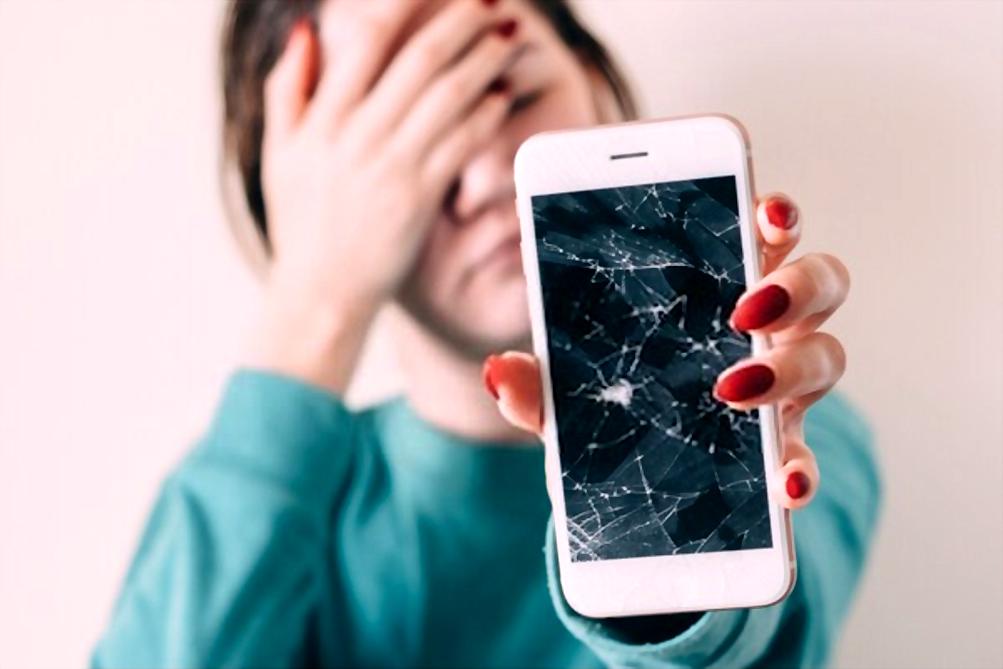Once not paying attention and the Android smartphone crashes on the hard asphalt. An impact that the display may not survive. If the screen stops working, this does not mean the end of your data stored on the device. With our tips, you can still unlock your smartphone if the touch screen fails.
A smartphone easily falls on the floor, and the display is covered with cracks. If the touchscreen is also damaged, it is no longer possible to operate the device via the display, but there are practical workarounds with which you can access your data and thus also restore it.
No root or special knowledge is required for this. All you need is a computer to which you can connect your smartphone. By the way, you can also use the tools below to access your device’s data if other factors deny access, such as when the fingerprint sensor stops working, the screen lock can no longer be deactivated, or other problems prevent access to the smartphone. You can use some best android lock screen to avoid this kind of trouble.
Access via the web tool
There are several ways to get an Android smartphone with a broken display. However, you have to take precautions for most solutions before your screen blesses time. For the simplest method, you need a computer. Use your browser to go to the “Android Device Manager” website and log in with your Google account.
Now register your Android smartphone for the service. In most cases, however, your device is automatically registered so that you do not have to take any further steps.
If the GPS is activated on the smartphone, it will be located by the web tool. Now click on “Lock” and select “Unlock.” Even with a broken display, you can gain access to the device. If you now connect it to the computer, you can transfer and save all the necessary data.
Have the display shown on the computer
A second method for accessing a smartphone with a broken display is remote control from a computer. To set it up, however, a few steps are necessary for which the smartphone must still be fully functional. In our example, we use “Vysor.” The program can be downloaded for free from the Google Play Store for Android.
After installing “Vysor,” you still have to activate “USB debugging” on your smartphone. To do this, go to “Settings” under “My device” and tap the “Build version” seven times. This will make the developer options visible. Then follow the path “Settings | Developer Options | USB Debugging | On.”
Download “Vysor” on your computer as an extension for the Google Chrome browser. Performs a device search in the application and selects your smartphone.
Your Android device will then ask you whether you want to allow “USB debugging.” Activate the “Always allow” box and confirm with “Ok.” As soon as the connection between the two devices is established, you confirm again with “Ok.” You can then unlock and control your smartphone from your PC – even if your display is broken. This requires a connection via USB, which then also allows data to be copied.
Many ways lead to the home screen
Let us not go unmentioned that there are other options. If your Android device does not have a lock code, you can connect a mouse via the OTG cable, for example, and unlock the smartphone with one click and swipe to the right via this device. There is also another convenient remote software in the XDA developer forum, but it is much more complicated to set up.
Summary
- To unlock an Android smartphone despite a broken display, you have to make preparations as long as the device is still functional
- You can locate the smartphone using the “Android Device Manager” web tool and also unlock it using the “Lock” button, provided GPS is activated on the device
- You can then connect the smartphone to a computer via USB and copy all important data
- Set up remote software like “Vysor” to access your Android device from your computer and copy important data
- For remote access, you may have to activate “USB debugging” in the developer options
- The corresponding menu becomes visible in the settings if you tap the “Build version” entry seven times under “My device.”
- Depending on the manufacturer of the Android smartphone, the exact names of the menu entries may differ
- The web tools also help you if other reasons prevent access to the device, such as a defective fingerprint sensor.
- Also, you should always use a recovery tool for security reasons to back up your data in between
You may also like to read 6 Hi-Tech gadgets that will keep you warm in cold and lonely office but also at home!





Leave a Reply